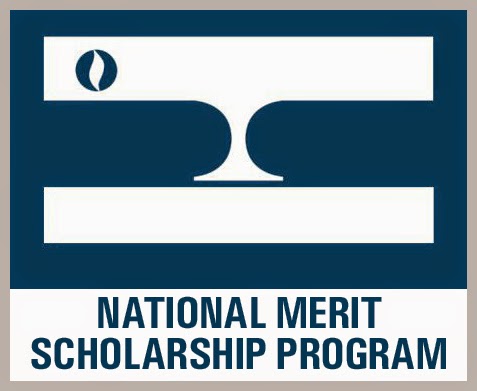
High school students are usually familiar with the SAT and ACT, devoting lots of time to studying for the standardized tests. However, juniors also have the opportunity to take the PSAT in October, a standardized test that isn’t used for college applications but can lead to many benefits down the road for those who ace it. This guide will tell you what the PSAT is, why it matters and most importantly, how you can do well on it.
What is the PSAT?
The PSAT is a standardized test offered to juniors in October that is used by the National Merit Scholarship Corporation to determine National Merit Semi-Finalists. The PSAT has an identical format to the SAT, but the test is slightly easier and is scored out of 1520 instead of the usual 1600 for the SAT. For National Merit purposes, the test is scored using the National Merit Selection Index, which can be calculated by doubling your section scores in Math, Writing and Language and Reading and adding them up together. Because of this, the English sections are worth twice as much on the PSAT as they are on the SAT. While the National Merit Scholarship Competition is said to be national, the score needed to qualify as a Semi-Finalist varies from state to state, with Iowa being on the lower side.
How do I ace it?
Most students that take the PSAT don’t bother studying for it because they see it as a practice SAT and don’t understand the benefits that it can offer. To do well, however, there are a few steps students can take if they want to become National Merit Commended or a Semi-Finalist. First, students should take a preliminary test to gauge what they need to work on. Senior Vishwajit Subramanian, a National Merit Semi-Finalist, states, “It’s important to take a practice test before you start preparing so you can devote your preparation time to the areas you need to work on. This helped me improve my reading score since I was already scoring high in Math.” After students learn what their strengths and weaknesses are, they can start focusing their preparation on what they need to work on.
After students have worked on their weaknesses, they need to take the next step in preparation. In order to become a Semi-Finalist, just being generally solid on sections isn’t enough. Students need to go deeper and figure out why they missed each specific question. A great way to do this is to ask, “Why?” three times for each missed question. Digging deeper into why a question was missed can reveal new information on what to work on specifically. In doing so, students should leave no stone unturned. To score high enough to qualify as a National Merit Semi-Finalist, students need to make sure that no easy questions are missed through common tendencies or knowledge gaps. Senior Keshav Wagle states, “Making sure that you know why you missed every question is so crucial to testing well. It helped me do really well on the ACT.”
Although the PSAT seems like a daunting task, if students study and prepare well, they can face it and be very successful!















